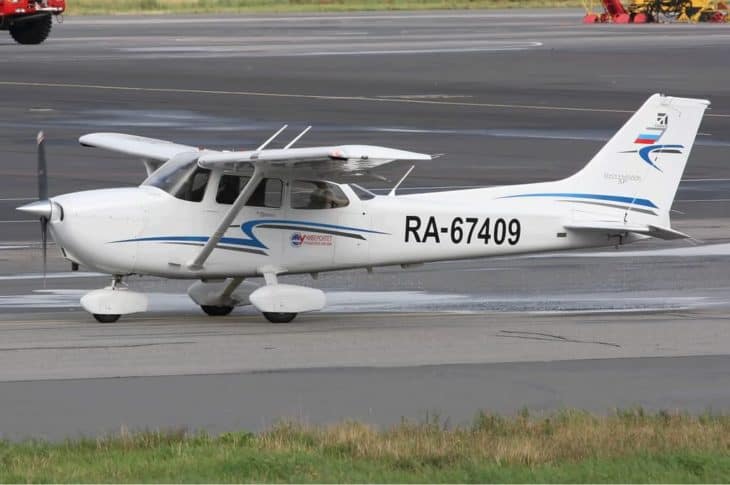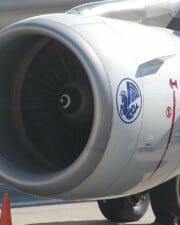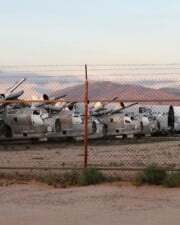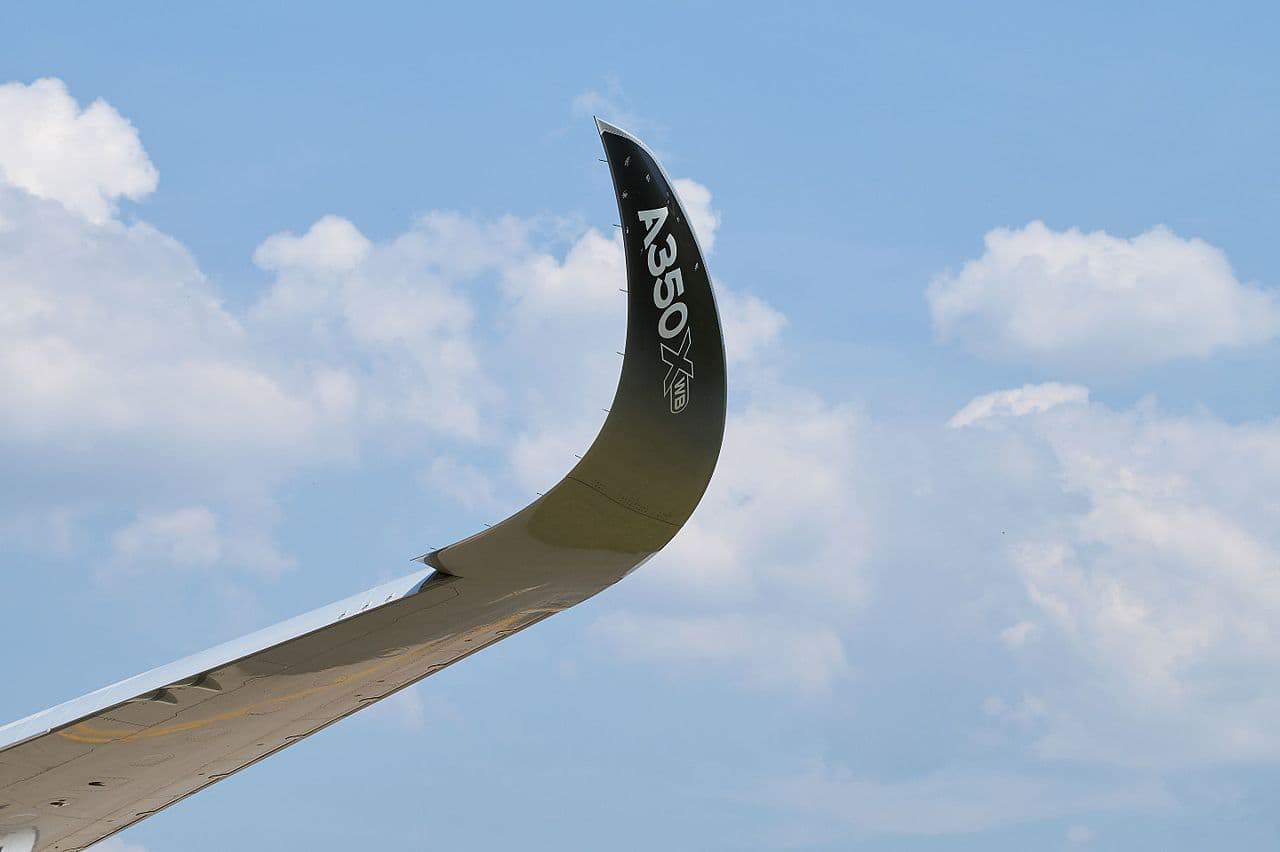Who would buy a used plane? Consider the owner of a sports team or the manager of a successful pop singer. Or consider a successful entrepreneur. Or imagine someone who’s simply a flight enthusiast. They all have reasons for wanting to purchase a plane – but how? Buying a plane seems like a daunting undertaking, so let’s break down the process of buying a used plane.
Table of Contents
How to Buy a Used Plane
That, in turn, provokes still more questions, including how you can make it happen and make things more affordable. The short answer is that buying quality used planes can help you save money, and the process is more accessible than you might think. The long answer – well, let’s take a look.

Steps for Buying a Used Plane
Whether they are to be purchased new or used, buying planes isn’t like buying cars, which already involve enough hurdles before one can drive them as legally-registered vehicles.
Given their size and the skill required to safely operate them, to say nothing of the costs and registrations necessary, someone looking to purchase a plane is going to have to go through several steps.
That’s especially true if the plane happens to be used. Not only do all of the following legal, logistical, and financial steps have to be followed, but the purchasing party will also need to do their due diligence in checking the plane’s history.
Determine your budget
As TheBalanceCareers.com points out, the first thing someone purchasing a used plane should do is determine their budget and stick to it. One of the trickiest parts of completing any large-scale transaction is being able to stick to a budget. That’s due in no small part to the fact that, even if the initial costs are accounted for, there are still a host of costs that can crop up.
For example, buying a new or used plane is one thing, but then there are new parts, fuel, a trained staff and crew necessary for operating it safely, cleaning costs, and any amenities the purchasing party decides to have on board.

Account for extra costs
Anyone drawing up a budget for a used plane will thus have to account for all the extra costs and accoutrements that come with it, not just as upfront costs but over the lifetime of the plane as well.
If one is not an expert in calculating these costs, the task of doing so can seem insurmountable. Thankfully, resources such as the free online cost calculator offered by the Aircraft Owners and Pilots Association can be of immense help.
Among the factors they list as being most important for buyers and sellers to consider when determining the worth of a plane are as follows:
- Engine hours: The amount of hours an engine has been in service and overall degree of wear is of immense importance. As a general rule of thumb, the closer an engine is to its time before overhaul (TBO), the lesser its value.
- Onboard Equipment: High-end, high-value parts as well as older equipment tends to cost the most here.
- Airworthiness Directives: A plane needs to be declared airworthy before it can legally fly. A purchasing party will thus need to make sure that the plane in question has its AD and check its status and long-term validity with the appropriate bodies, such as the FAA – all of which can cost money.
- Damage History: Most obvious of all, any damage done to the plane over its history must be considered, both from a safety and financial standpoint. If the purchasing party is looking into acquiring and fixing up a used plane with existing damage to it, extreme care should be taken.
Wants vs Needs
Another important factor to consider when purchasing a used plane? Differentiating between Want and Need. For as much as purchasing parties might be able to afford a new plane with all the bells and whistles, that probably won’t be cost effective.
What’s more, depending on the nature of the plane and the purpose for which it is to be used, this may be unnecessary. Anyone looking to purchase a plane should thus also consider these factors.
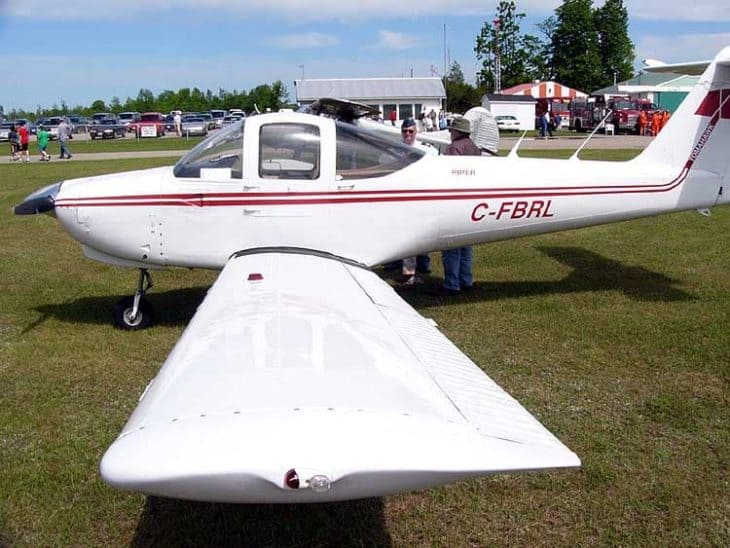
Is the plane to be used on a regular basis for a given task such as crop dusting, or is it more of a recreational purchase? Is it to be used for short, medium, or long-range flights?
Is it necessary to have state of the art tracking software installed, or is the aircraft’s purpose limited enough that this would be ancillary to its main purpose and thus isn’t worth the extra cost?
The Search Begins
Once all of those factors have been established, a search can begin in earnest. That raises yet another question, however – where exactly does one find a used plane for sale?
They aren’t the sort of thing which is simply “sold on the side,” as it were, nor are they something which buyers will want to purchase without an extensive history and quality review.
It is thus of utmost importance to make use of established channels for purchasing used planes. These can be both offline and online.

For example, sites such as Globalair.com offer used planes with history and quality reviews. What’s more, they break down the different types of aircraft that they sell by category, allowing potential buyers to more easily locate the type of airplane that meets their wants and needs.
Among the types of aircraft they offer on their site are the following:
- Amphibious Aircraft
- Commercial Aircraft
- Helicopters
- Private Jets
- Single Engine Planes
- Twin Engine Planes
- Vintage Planes
What’s more, before any purchase is made, it is always advisable for the purchasing party to take the aircraft in question for a test flight. Most sellers will be willing to allow this.
If a seller is not willing to allow a purchasing party to have the plane inspected or taken for a test flight, it should serve as a massive red flag as to the seller’s legitimacy.
Flying Through the Financial Side
Once the would-be buyer has found a plane they feel suits their needs and wants, and has taken it for a test flight or otherwise inspected it and found it to be satisfactory, the real challenge begins – coming up with the money to afford it.
Chances are that, unless the purchasing party is extremely wealthy and wishes to pay out of pocket, financing from the bank will need to be approved. In this respect, purchasing a plane is like acquiring a mortgage for a home or loan for a car.

While it is not necessarily a much-discussed requirement, therefore, a good credit score is all but essential for acquiring the funding necessary to be able to get a loan and purchase a plane.
In applying for a loan, it is also vital that the applicant be as specific as possible. Knowing the precise type of plane model, the purpose for which it is to be purchased, and the other factors mentioned above can be critical to successfully securing a loan.
In securing this information, sellers can often be of immense help. Not only might they have the answers to many of the questions a bank might have about the plane’s history and condition, but given their interest in completing the transaction, they are naturally inclined to assist the purchasing party.
Working Through the Legal Side
With funding secured, the biggest remaining hurdles are on the legal side of things. It is vital that these are not overlooked. It is of the utmost importance that every aspect of the transaction is legally cleared before it is completed.
As alluded to above, having an understanding of a plane’s flight history is crucial to determining if it is right for you and getting the bank to sign off on a loan. In order to know this it is vital that the purchasing party go through the plane’s flight logs with a fine-toothed comb.
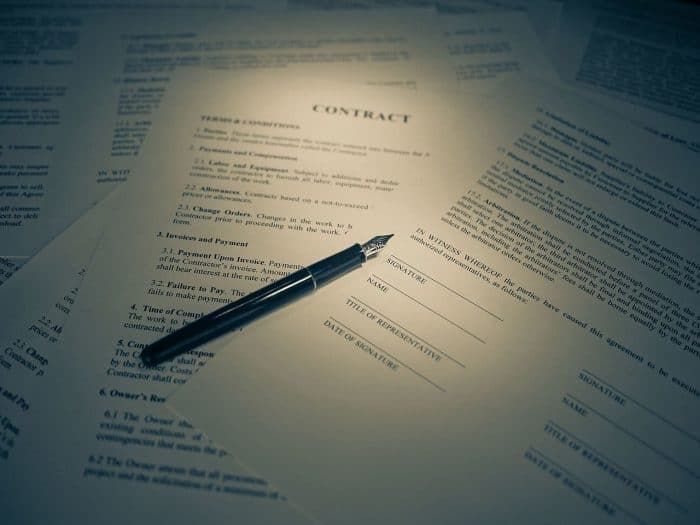
It is essential that nothing be missed. It is better to deal with an issue now than leave it untouched until it’s too late.
In addition, it is essential that all planes, no matter their size, nature, or function, have insurance. This can take time, and is thus not something to be left until the last minute.
Thankfully, two of the most vital qualifying factors for plane insurers – model type and pilot qualifications – can be given and initial quotes received even before a purchase takes place.
Last but not least, the purchasing party will also need to register the plane with the FAA. If the plane is already registered, the former owner can usually have the registration transferred to the new one.
The Final Tally
With all of those factors taken into consideration, it is time to look at some of the final tallies.
As per TheBalancedCareers.com, when purchasing a used plane, some of the most significant costs and tallies to look out for include the following:
- Operating costs, which can range between $100 and $200 per hour for a model such as the Cessna 172 Skyhawk
- Aircraft Fuel, which can cost as much as $30 an hour with some models
- Maintenance and inspections, which typically range from between $600 and $1,200
- Insurance, which can range from between $1,200 to $2,000 per year
Single engine planes can cost anywhere between $1,500 and $100,000 per year depending on their model and condition, while twin engine planes can cost between $75,000 and $300,000.
References ▾
Related Posts
